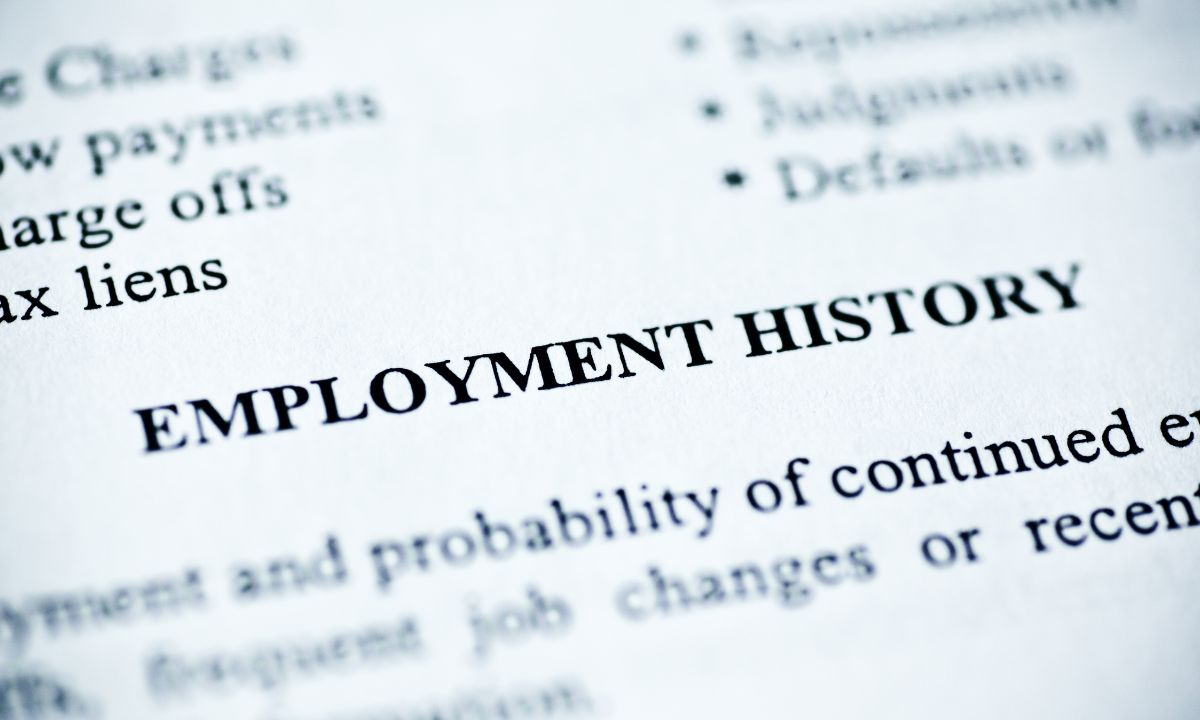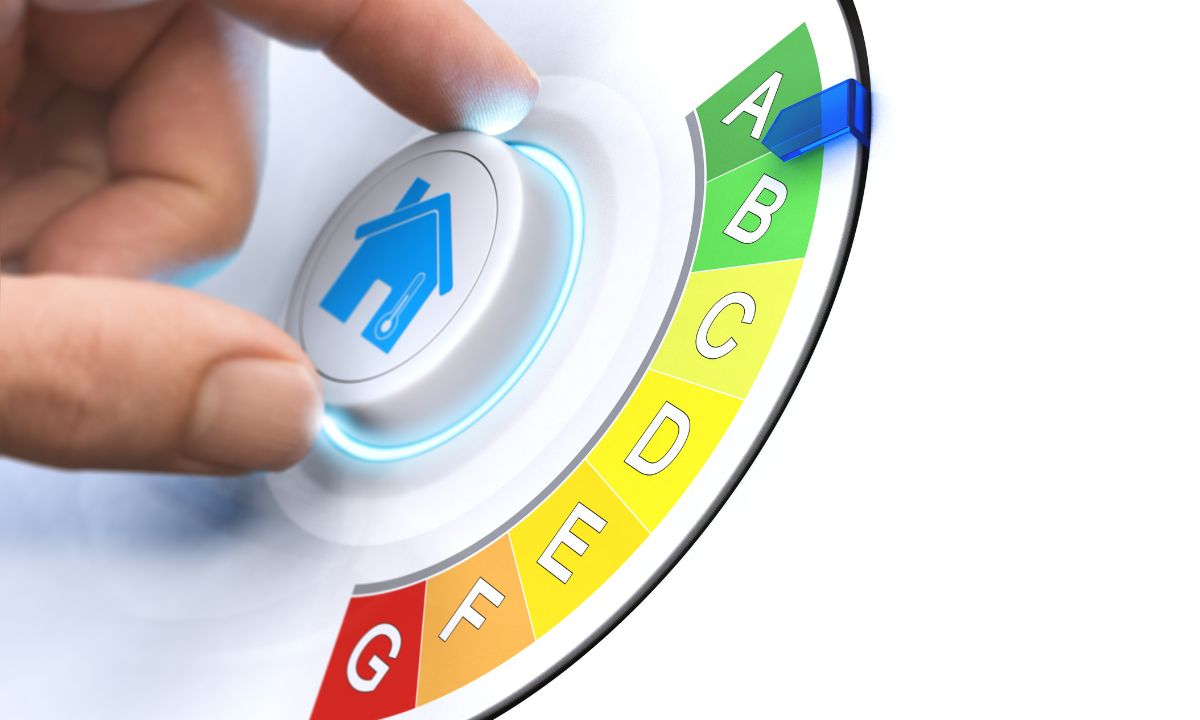In A World of Homeowners’ Associations (HOAs)
 With the current shortage in housing inventory, more buyers are considering condominiums and townhomes as viable options. Most of these properties are part of a homeowners’ association (HOA), which plays a crucial role in maintaining the community. Understanding what an HOA entails can help you make an informed decision before purchasing your next home. Here’s what you need to know:
With the current shortage in housing inventory, more buyers are considering condominiums and townhomes as viable options. Most of these properties are part of a homeowners’ association (HOA), which plays a crucial role in maintaining the community. Understanding what an HOA entails can help you make an informed decision before purchasing your next home. Here’s what you need to know:
1. Mandatory Membership When you buy a home that’s part of an HOA, membership isn’t optional—it’s mandatory. Along with membership comes the responsibility of paying HOA fees, which may be billed monthly or annually. These fees typically cover the upkeep of common areas like parks, pools, and elevators, as well as building maintenance.
2. Understanding CC&Rs Every HOA has a set of rules known as Covenants, Conditions, and Restrictions (CC&Rs). These guidelines dictate what residents can and cannot do with their property. It’s essential to review these carefully, especially the sections on fines and penalties. Some HOAs have the authority to foreclose on your property for unpaid dues or fines resulting from CC&R violations.
3. Varying Fees HOA fees can vary widely from one community to another. It’s wise to ask the following questions before purchasing:
- How are fee increases determined?
- How often do fees increase, and by how much historically?
- Can I see a printed history of HOA dues over the last decade?
- What is the size of the HOA’s reserve fund?
- What do the monthly dues cover?
4. Review Meeting Minutes Reading the minutes from the most recent HOA meetings can give you valuable insight into any ongoing or past issues within the community. These notes often highlight how conflicts are resolved and whether the HOA has taken legal action against any members.
5. Check the Insurance It’s important to know what type of catastrophe insurance the HOA carries for the property. This is especially crucial if your home is in an area susceptible to natural disasters like floods, earthquakes, or hurricanes.
6. Consider Financing Impact HOA fees can affect your financing options, so be sure to account for these costs when applying for a mortgage. Lenders will factor in these fees when determining your loan eligibility.
7. Governance and State Laws Most HOAs are incorporated entities and must adhere to state laws. The HOA is typically governed by a board of directors elected by the community members, who are responsible for enforcing the governing documents and overseeing the community’s operations.
Buying a home within an HOA community comes with both benefits and responsibilities. By understanding the rules, fees, and governance, you can make a well-informed decision that aligns with your lifestyle and financial goals.

 When deciding between renting and buying a home, it’s essential to understand the key differences between a mortgage and rent. Each option has its own set of benefits and drawbacks, and knowing these can help you make a more informed decision about your living situation and financial future.
When deciding between renting and buying a home, it’s essential to understand the key differences between a mortgage and rent. Each option has its own set of benefits and drawbacks, and knowing these can help you make a more informed decision about your living situation and financial future. When you’re applying for a mortgage, lenders scrutinize several aspects of your financial life to determine your eligibility. One crucial factor that can significantly influence the outcome is your employment history. Consistent and stable employment demonstrates to lenders that you have a reliable income stream, which reduces their risk in lending you money. However, job changes or gaps in employment can complicate the approval process. Let’s explore how your employment history affects mortgage approval and offer some solutions to mitigate potential issues.
When you’re applying for a mortgage, lenders scrutinize several aspects of your financial life to determine your eligibility. One crucial factor that can significantly influence the outcome is your employment history. Consistent and stable employment demonstrates to lenders that you have a reliable income stream, which reduces their risk in lending you money. However, job changes or gaps in employment can complicate the approval process. Let’s explore how your employment history affects mortgage approval and offer some solutions to mitigate potential issues. Are you dreaming of owning a home that not only suits your lifestyle but also helps you save on energy bills? Well, it might sound like a dream, but with Energy Efficient Mortgage (EEM) programs, it’s entirely within reach. We will discuss the world of EEMs, exploring what they are, how they work, and how they can benefit both homeowners and the environment.
Are you dreaming of owning a home that not only suits your lifestyle but also helps you save on energy bills? Well, it might sound like a dream, but with Energy Efficient Mortgage (EEM) programs, it’s entirely within reach. We will discuss the world of EEMs, exploring what they are, how they work, and how they can benefit both homeowners and the environment. What exactly is an interest-only mortgage? Simply put, it’s a type of home loan where you pay only the interest for a certain period, typically the first five to ten years. After this initial period, you begin paying both the principal and interest, resulting in higher monthly payments.
What exactly is an interest-only mortgage? Simply put, it’s a type of home loan where you pay only the interest for a certain period, typically the first five to ten years. After this initial period, you begin paying both the principal and interest, resulting in higher monthly payments.